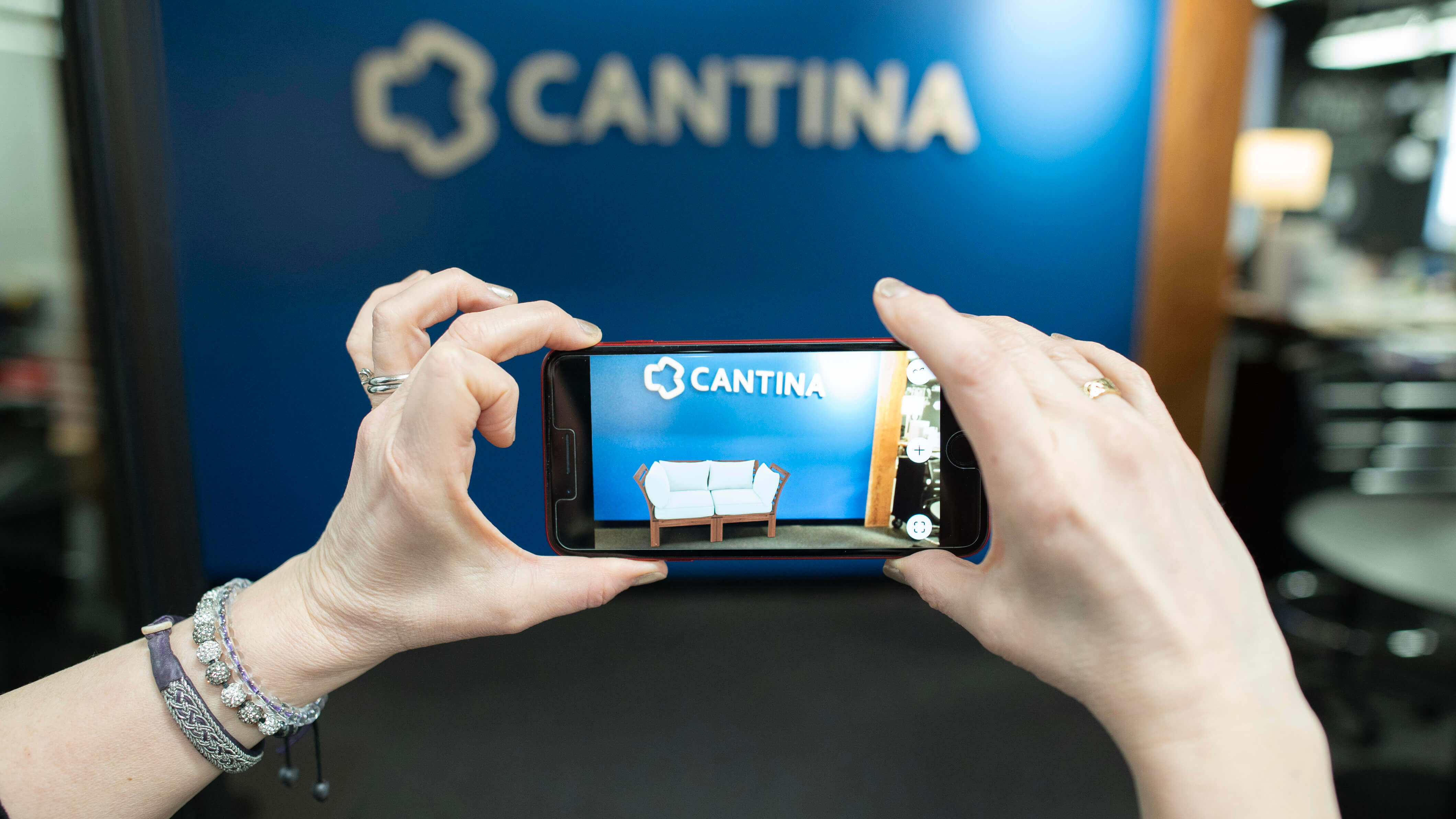For you and me, the holidays are long over. But for retailers, the aftermath and managing the returns from Christmas past is in full flux. Reverse logistics - the process of taking back returns, restocking and potentially reselling items - is costly not only for retailers themselves but also for the environment.
According to Jennifer McKevitt of Supply Chain Dive, in 2016 reverse logistics cost companies over 260 Billion USD (See Brief). Some of the costs are obvious, return postage on the goods themselves - which the retailer usually covers - as well as the staff and services necessary to evaluate, restock and repackage the item. There are other less obvious costs as well. Many of the goods cannot be resold at full price, but need to be sold at a discount. This is estimated to result in a loss of profits ranging from 10% for certain items and up to 40% within retail (See Brief above).
In addition to the cost of returns - in terms of labor and loss of profits, there is another cost which few discuss - the cost to the environment. This cost affects both companies and consumers. Companies through potential bad-will and consumers through negatively impacting one’s own environmental footprint.
Let’s suppose you have received a box of curated clothing. You try on everything, choosing to keep three items and returning two. Providing you repack them in the same box in which they came, packaging minimally impacts your footprint, but the cost to the environment for the return shipment could have been avoided had you known the items fit properly and were wanted in the first place.
AR Increases Buyer Confidence
AR solutions are changing the shopping paradigm and are in use by retailers and consumer product companies alike. Many retailers use AR solutions to encourage their customers to explore their products via their mobile phones increasing certainty at the point of sale, thereby decreasing returns. These AR solutions are becoming increasingly used by consumers. According to the article in Think Mobile Augmented Reality is trending among shoppers 34% of customers already use some form of AR while shopping. And 47% of them use it both for in-store and online shopping.

Furniture companies such as Wayfair and Ikea are using augmented reality to allow you not only to see how a product will look inside your home but be able to move the product around and view it from all different angles. The virtual item is accurately sized, so there is no need to measure. As you already know it fits the space and looks great, the chances of returning the item are minimal.
Converse has an application called “The Sampler” which allows you to try on shoes and other products virtually. Select the shoes on your phone, angle them towards your feet and, voila, you can see how great they look on your feet. You can also take photos and share them with your friends through social media. Once all votes are in, you make your purchase with a high degree of confidence that the shoes will be loved and used rather than returned.
And, not to be outdone, consumer goods giant Amazon launched an AR App on iOS late 2017 and on Android in February 2018. Items are sized and rendered to exact proportions so you get an accurate view of how the item will look in your home. Their AR platform, Sumerian, is available to enable companies to build their own AR and even VR enabled sites.

Enabling consumers to virtually try-before-they-buy greatly reduces the need for costly reverse logistics and helps retailers and consumers to maintain a smaller eco-footprint.
Catch the AR Wave
Augmented reality apps to support consumers are becoming mainstream. The technology is there and consumers are willing.
For companies, it is not enough to have a strategy to manage reverse logistics; there are costs to be saved and revenues to gain through avoiding reverse logistics in the first place. If having AR-enabled services is not already part of that strategy, it should be. Furthermore, companies can earn good-will with eco-conscious consumers by minimizing their eco-footprint.
For the eco-conscious consumer, help to minimize your eco-footprint by seeking out companies that provide solutions allowing you to ensure your purchase is right before placing it. Let your favorite vendors know your preferred way to shop and encourage them to catch the AR wave!
Don’t wait until the next holiday season! Talk to Cantina today about how we can help you design and build innovative and exciting AR/VR solutions to meet your customers’ needs, reduce your eco-footprint and secure your revenues.



